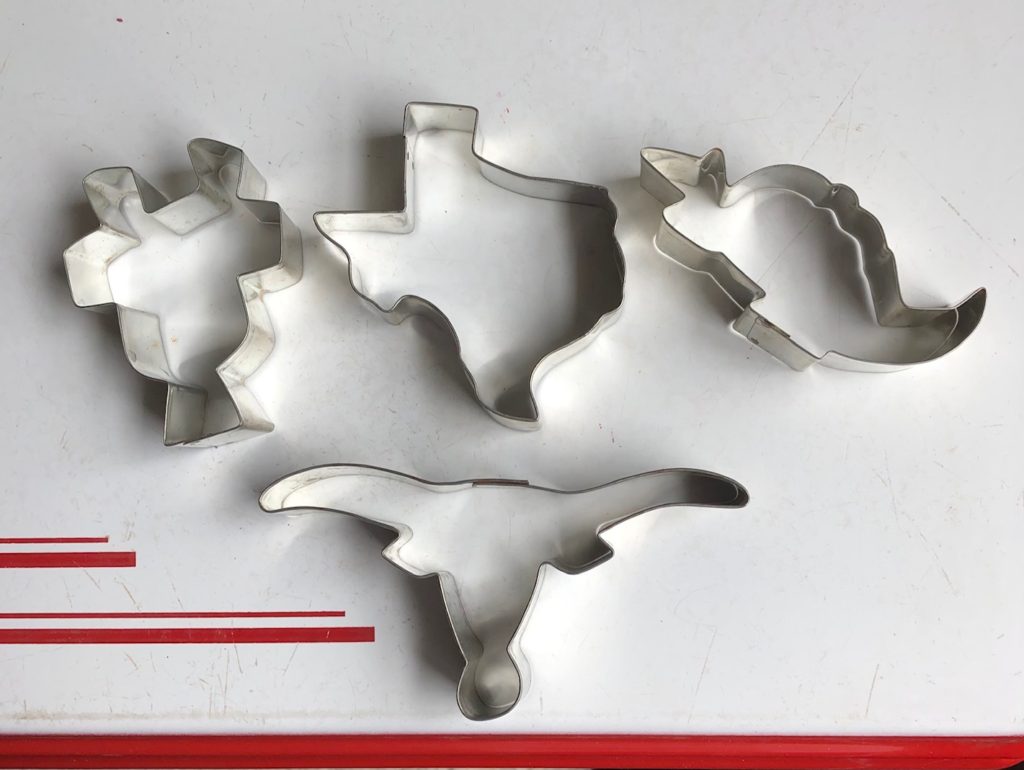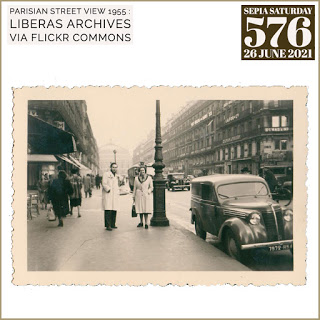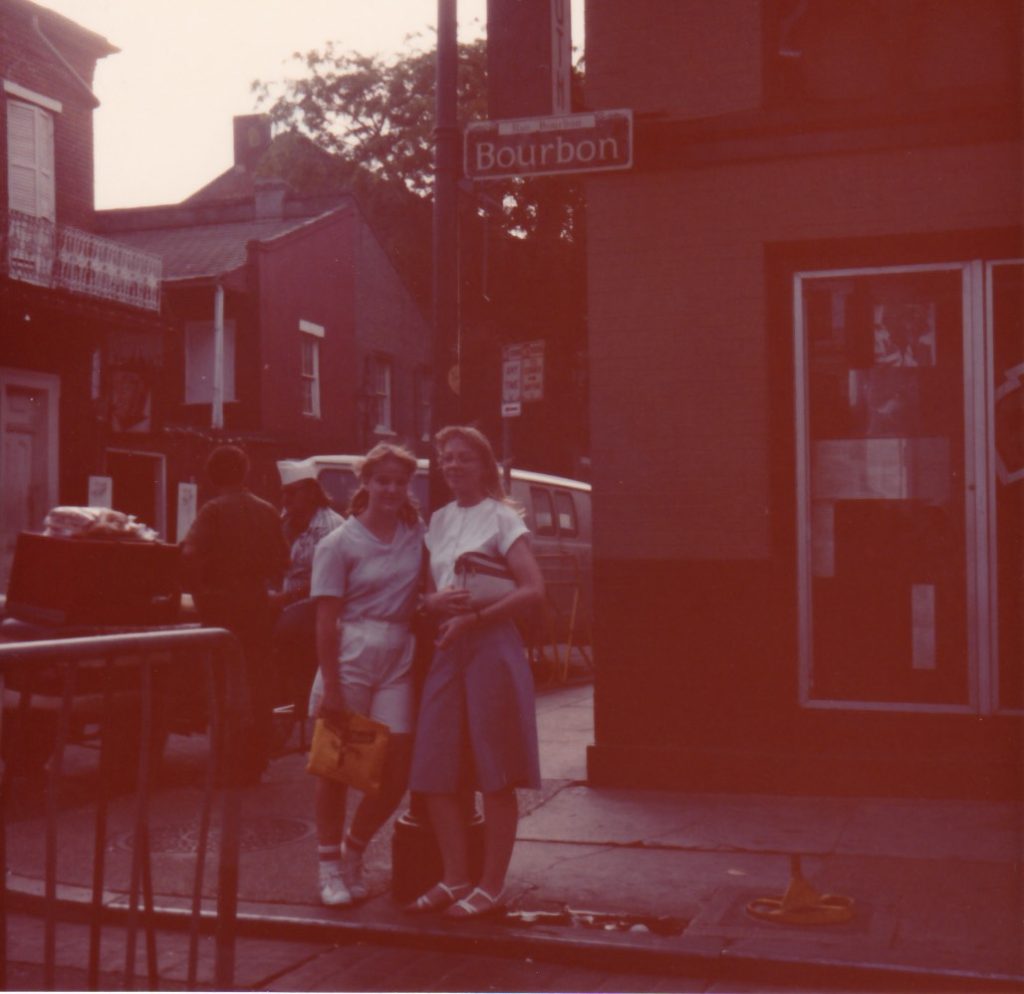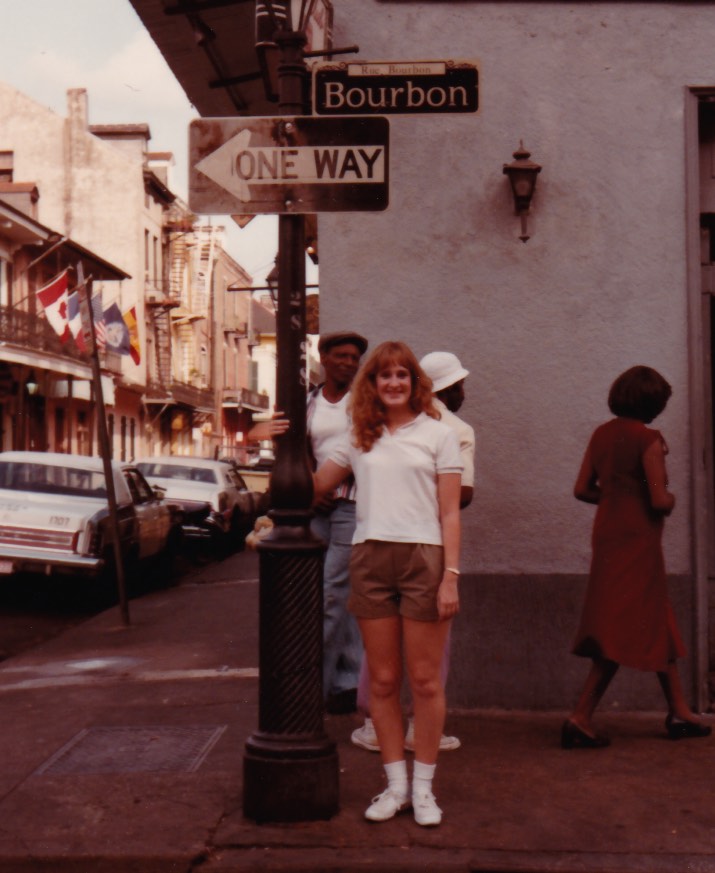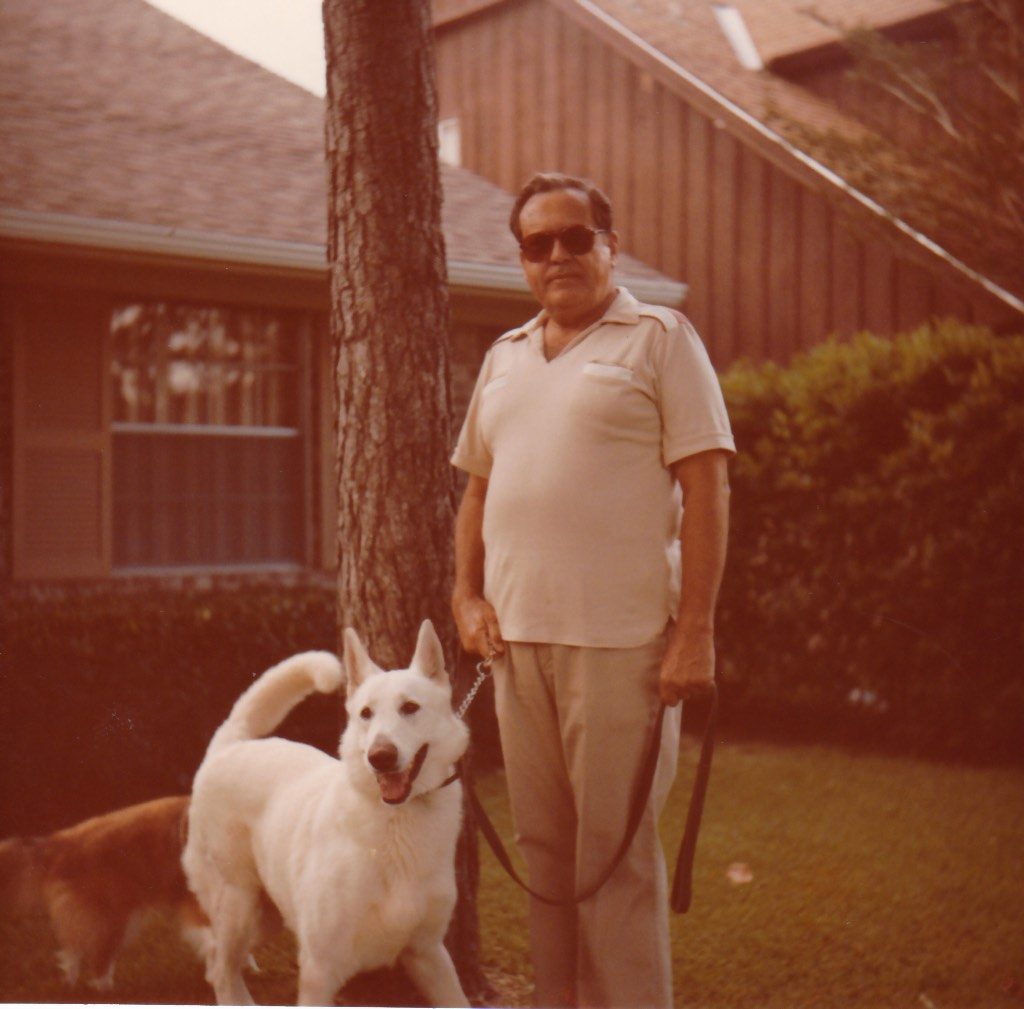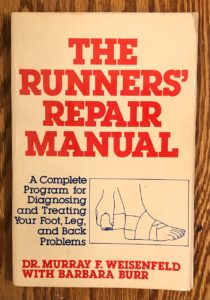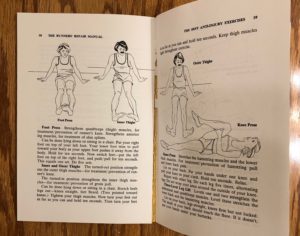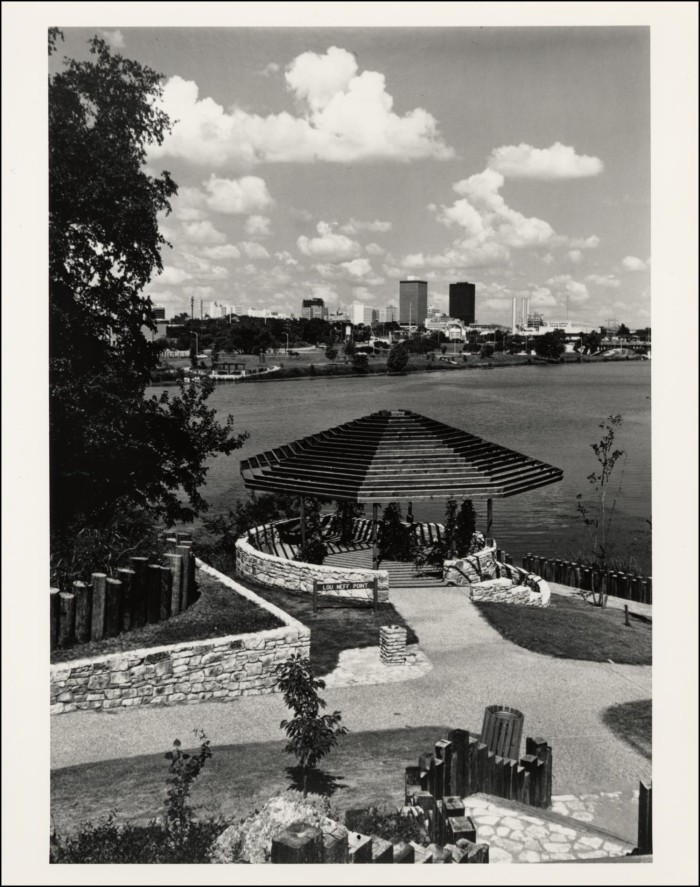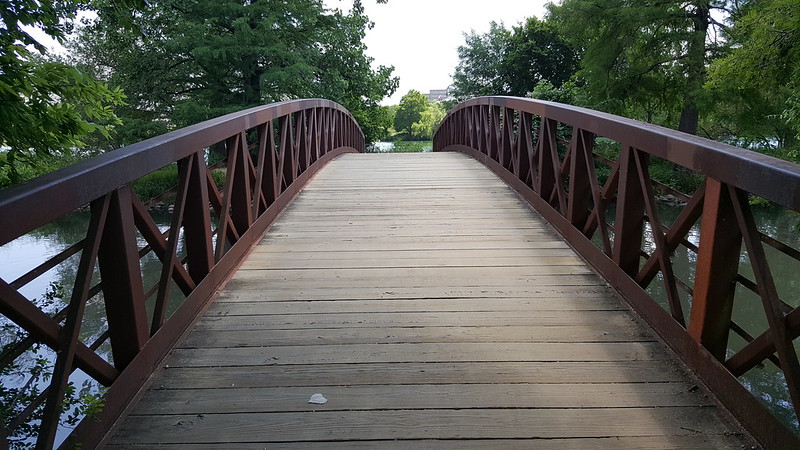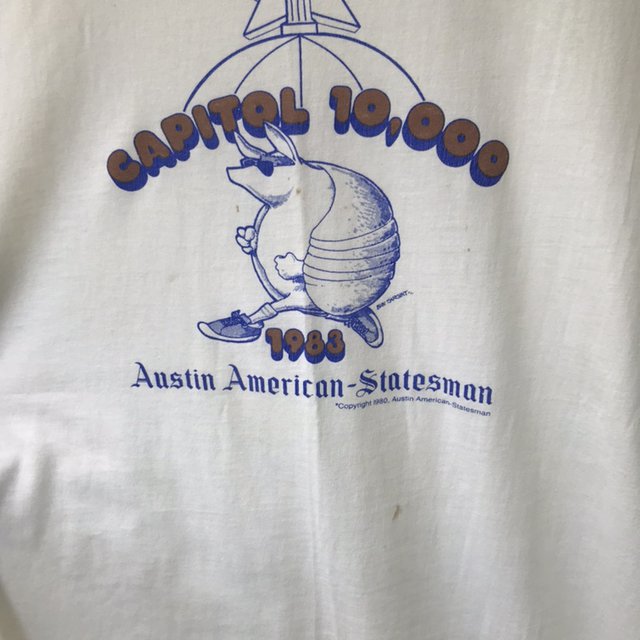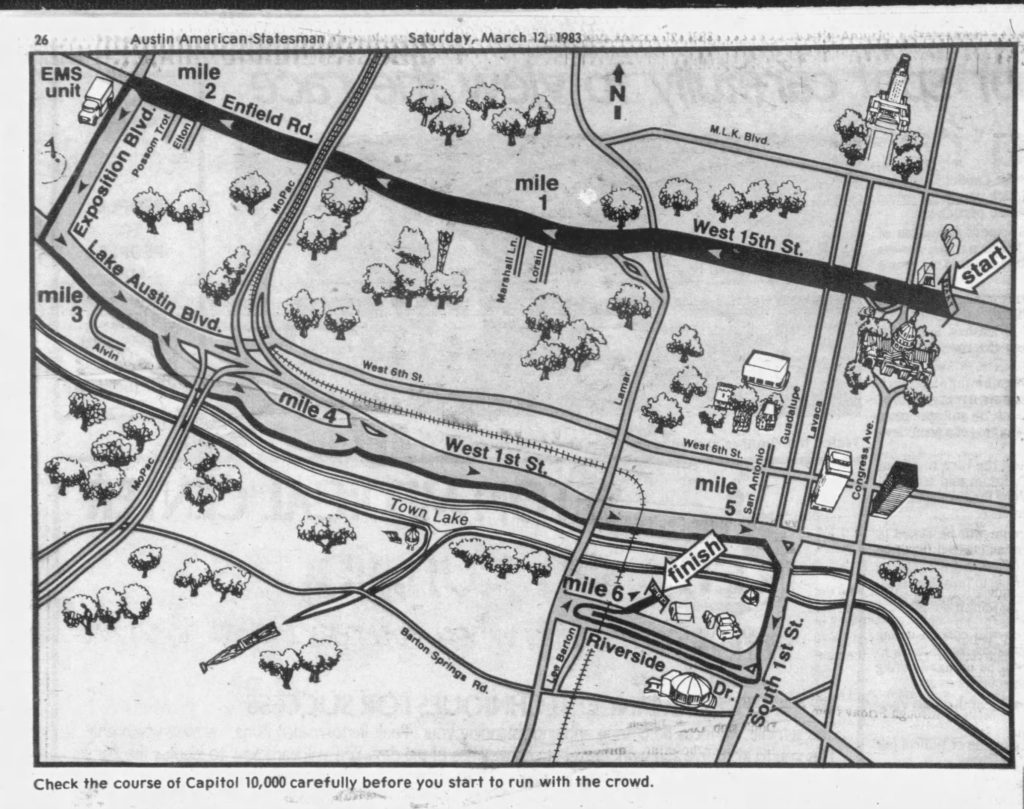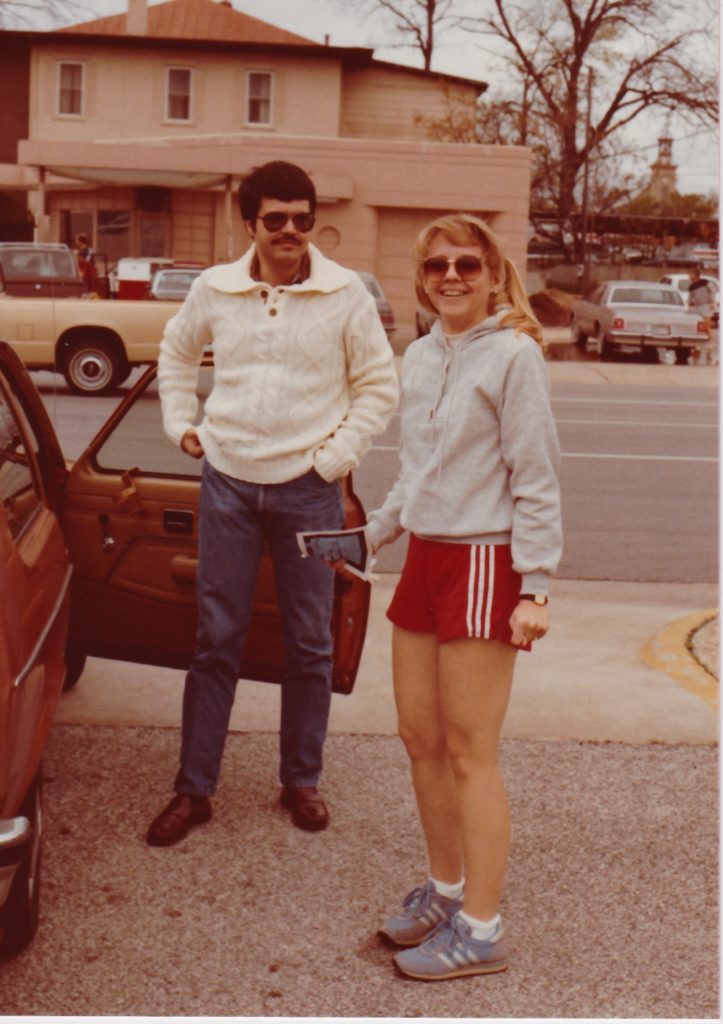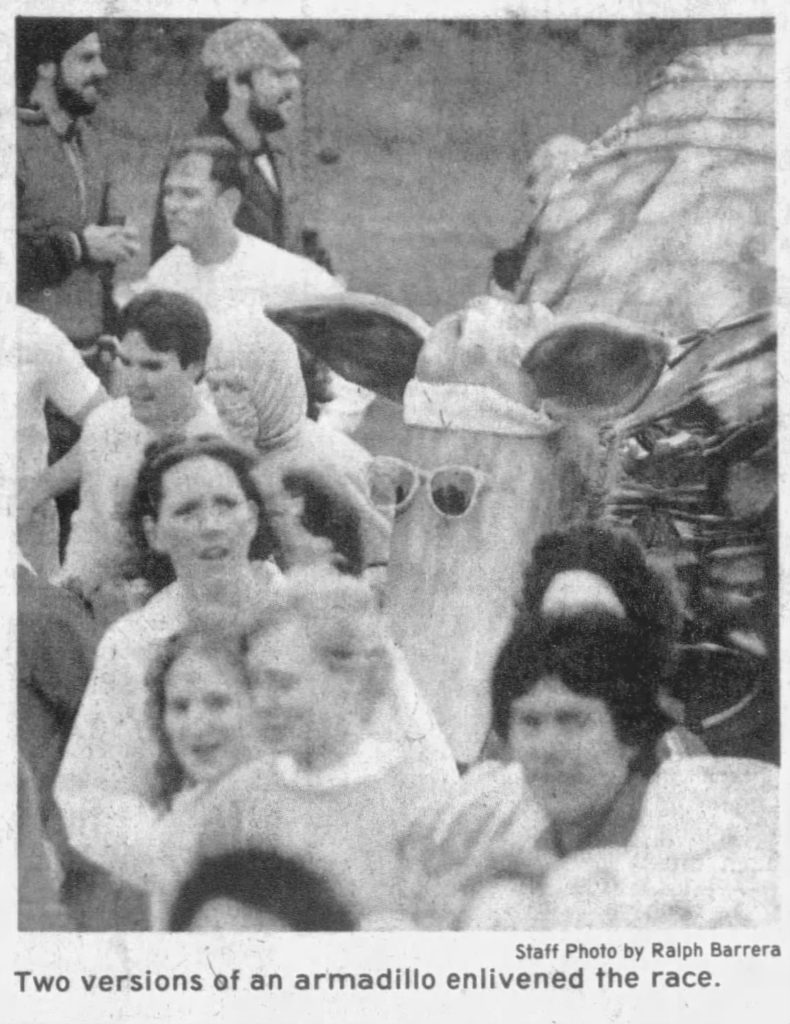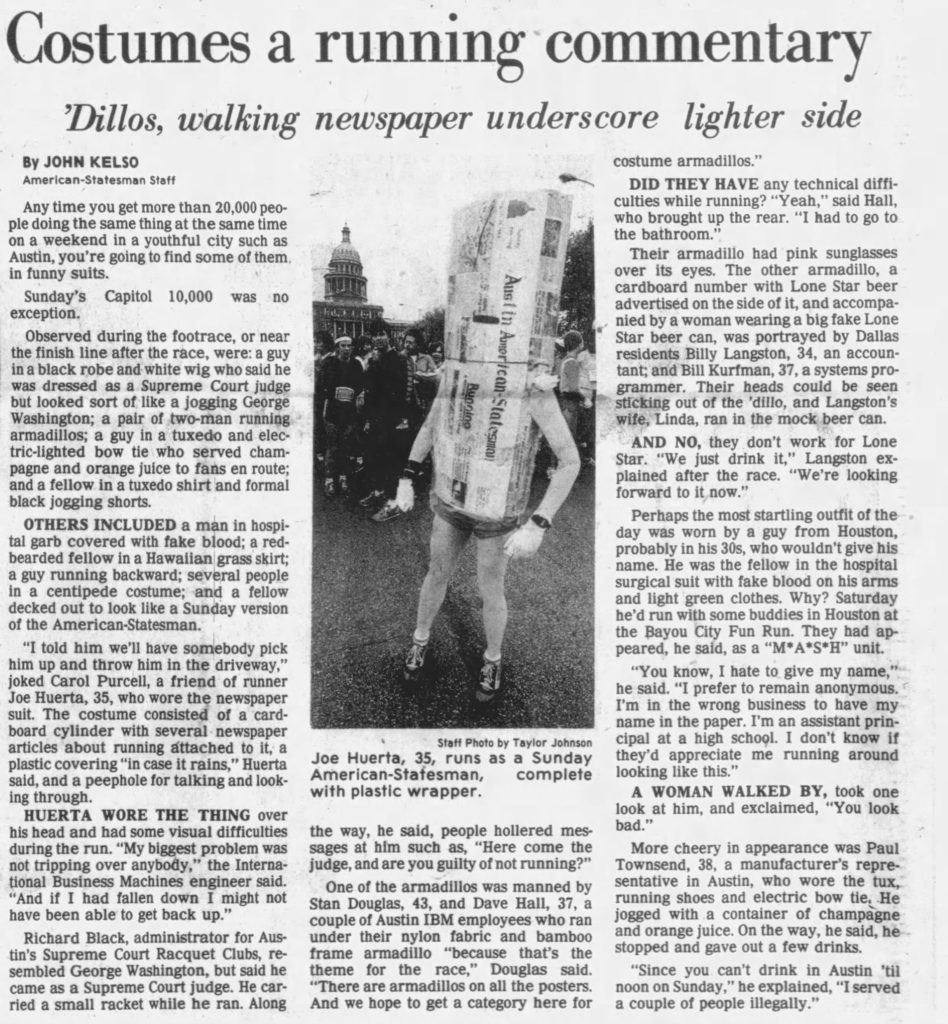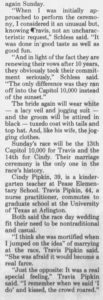My attempt to share stories for each letter of the alphabet featuring our life in Austin B.C. (Before Children) 1975-1985. The 70s were a long time ago. 26 stories might be a stretch for my brain, but I have made it to M – as has the Sepia Saturday prompt photo for this week.
My husband and I enjoyed several hobbies during those years. Some we did together and some we did separately. One of the hobbies we enjoyed doing together was ceramics – the kind of ceramics that entails going to a shop to purchase molded greenware to paint and glaze. My grandmother Hockensmith enjoyed doing ceramics and took me with her when I spent time with them during summer vacation. I even earned the Girl Scout ceramics badge one summer. After my husband and I moved to Austin, we found a ceramics shop and decided to give it a try.
We frequented a small shop tucked away in an alley off west 12th Street. I drove by a few weeks ago to see if the building still exists. It does, and is now the office of a design firm. We would walk through this entryway and turn left to enter the shop.
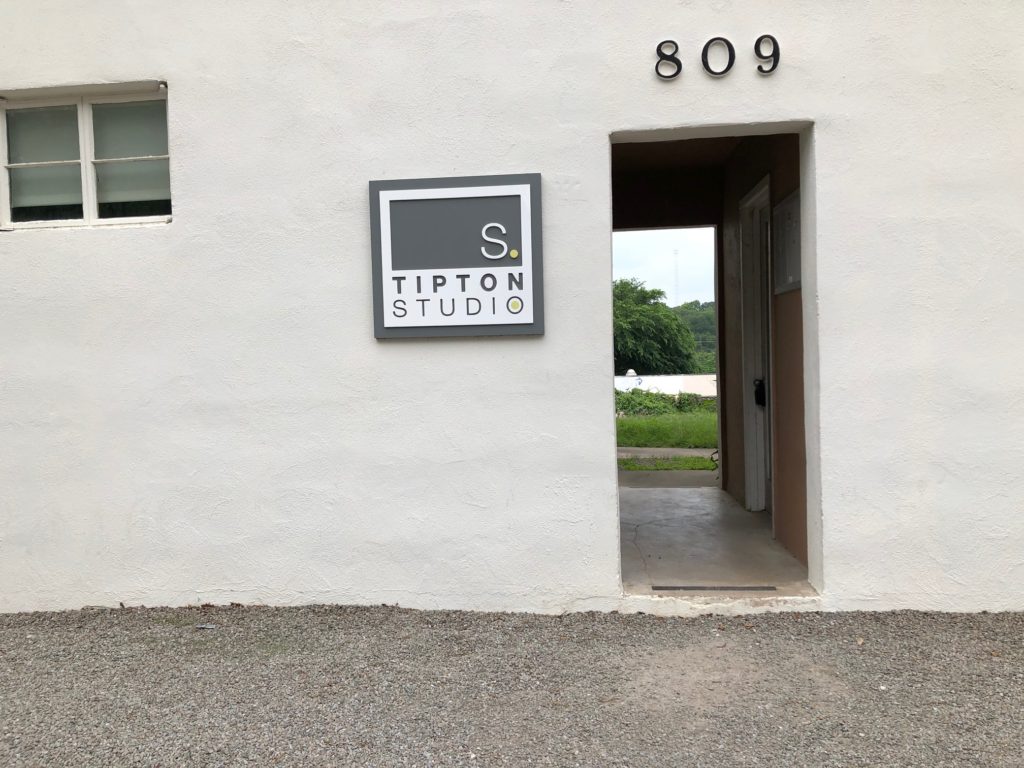
The walls of this kind of ceramics shop were usually lined with shelves filled with greenware and a few pieces of bisque ware; a section for paints, glazes, and supplies; and tables where customers could sit and work.
 It could be a social activity or you could take your purchases home to work on them. We did both. It was sometimes fun to sit in a room and talk to the owner, who might show you something new he was working on or just got in, see what others were making, enjoy some conversation, and get advice. Everything you needed was right there.
It could be a social activity or you could take your purchases home to work on them. We did both. It was sometimes fun to sit in a room and talk to the owner, who might show you something new he was working on or just got in, see what others were making, enjoy some conversation, and get advice. Everything you needed was right there.
Greenware is the state the clay item is in when it is removed from a mold. It is dry, but fragile, and won’t be completely dry until it is fired. The first step is to prepare the greenware by smoothing off the seam lines created by the mold. At this stage, you could also add color and details with underglaze or even carve (gently) into the greenware or add texture. When finished, you carved your initials or name onto the bottom of the piece so the owner would know who the piece belonged to when it was removed from the kiln. The cost for each firing was half the price of the greenware. For some of us, there is something very satisfying about cleaning up greenware.
I don’t expect you to watch the video below. I included it in case you are super interested, but mostly because I appreciated the teacher who, like the rest of us, makes mistakes. She dribbles glaze and makes it a happy accident and in a later video about glazing spills glaze and gets her fingerprints where she doesn’t want them. It is just real life and, of course, she is trying to do things at an odd angle in front of her recording phone.
After firing, the bisque piece is ready to be glazed. Underglazes and glazes both take three coats, but dry fairly quickly. Red was the most difficult color to work with. If you didn’t really cover with three full coats of red, you might have gray in places. You can also dry brush or stain the bisque piece instead of glazing. It was fun to try different techniques and glazes.
I am realizing that we made quite a few pieces over the course of several years. I know what we still have and what shows up in photographs, but there were also things I have forgotten that we gave as gifts to family. The recipients were always kind and appreciative, although looking back …. maybe they were grimacing on the inside.
We often matched a person’s interests to our choice of gift. For example, my husband’s brother had a pet raccoon, so when my husband saw this pot he made it for him.
We gave both of our mothers these swan soup terrines. We also made them cookie jars that looked like Victorian style houses.
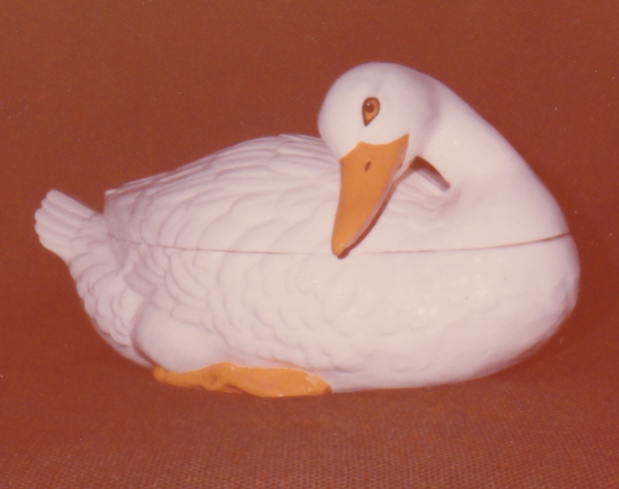
We made quite a few Christmas decorations that we still use.
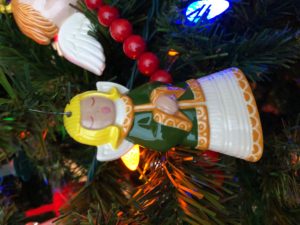
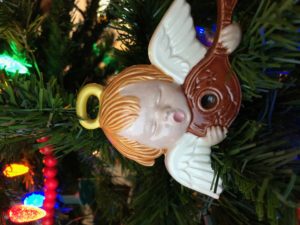
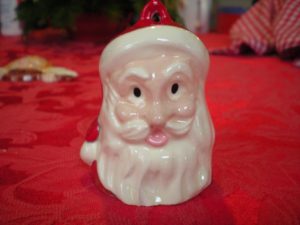
Grandmother Hockensmith made my parents a Christmas tree that I just loved as a kid, so I made one for us. We also made a Christmas snow house. I think we made the houses for our parents too. I use them to set up little Christmas scenes on a baker’s rack, along with some other small ceramic ornaments we made.
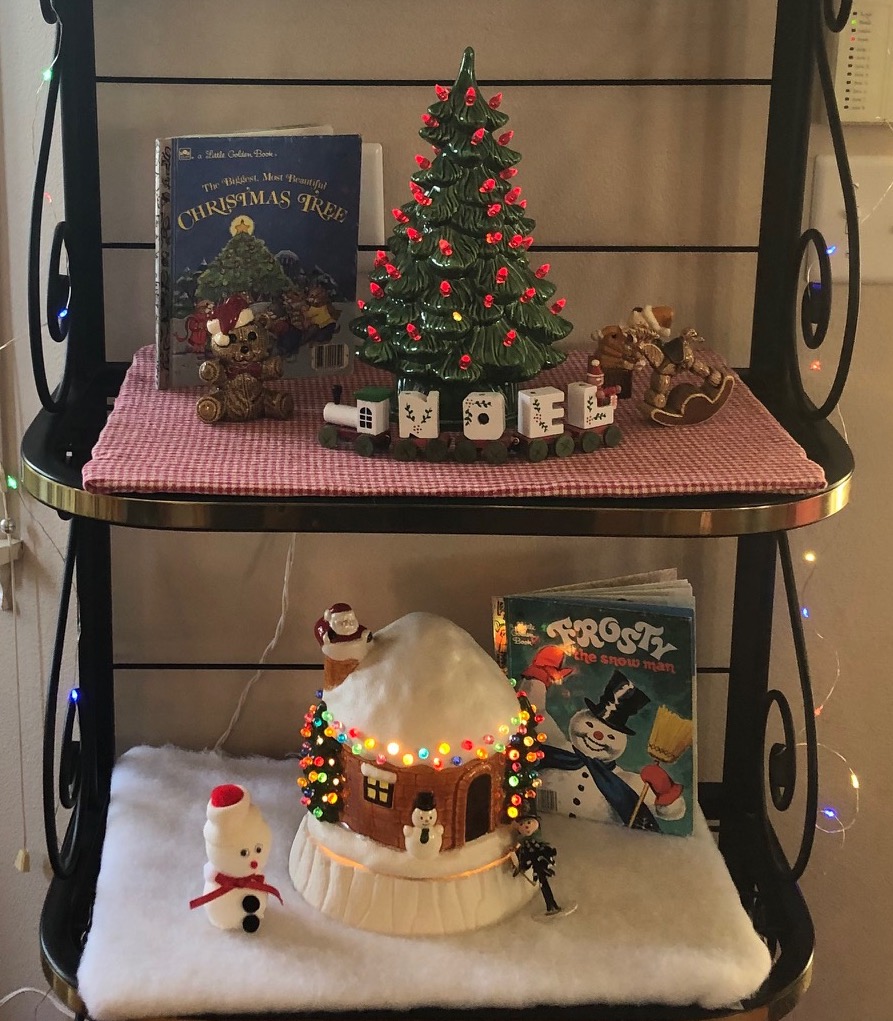
We did this nativity scene that we painted as bisque. My husband did some; I did some.

I think I enjoy the holiday items the most. Other things go out of style, but a kitschy holiday is always okay with me! My dad (Jim) used to hunt pheasant and quail, so we did some birds for him. Some are okay?? You can see part of a Canadian goose in the background behind my niece and daughter. And right beside it is an ashtray decoration Grandma Hockensmith made for him even though he didn’t smoke (lots of decorative ceramic items in the 60s were ash trays). It has little pheasants or quail on it.
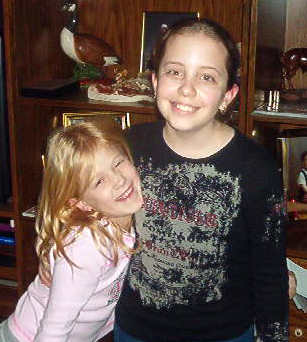 We still have the unicorn that sits in the background of this photo of my cousin and me, but it is not on display now.
We still have the unicorn that sits in the background of this photo of my cousin and me, but it is not on display now.

Notice the hummingbird on the right side of the mantle. There was another ceramic shop a longer drive from us where we sometimes shopped. The owner carried some porcelain as well as clay greenware. My husband decided to give it a try. I think his hummingbird turned out well for a first and only attempt. Unfortunately, the very end of its beak is chipped off.
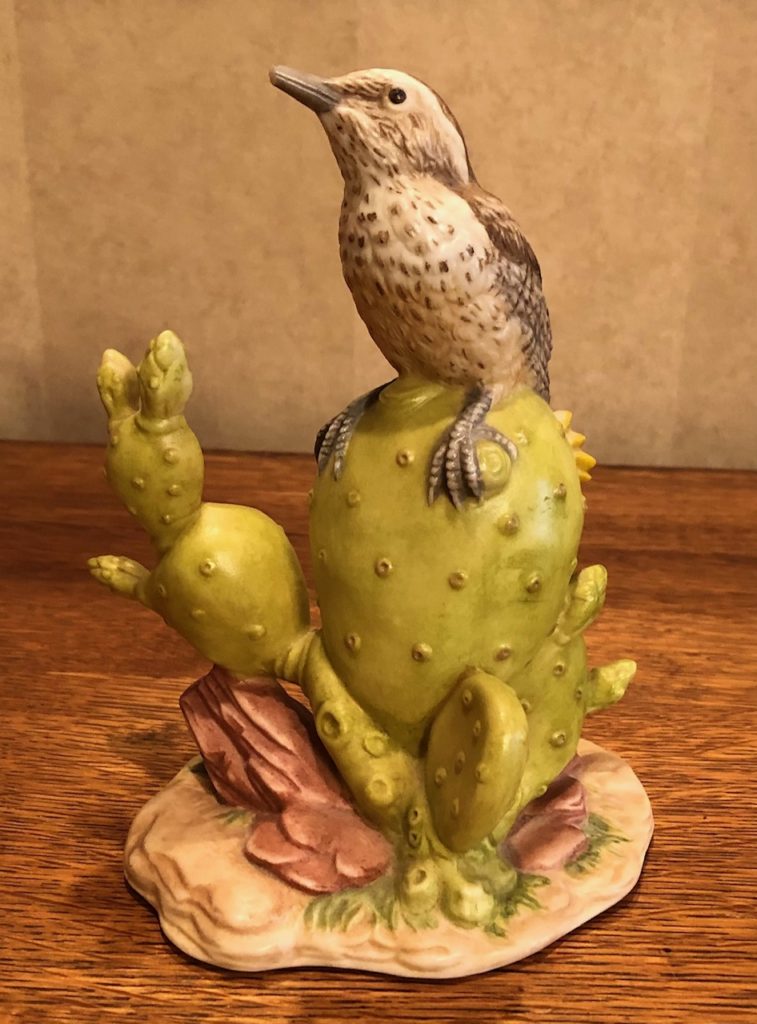
Sometime in the late 1970s, we started seeing a lot of ceramic wind chimes for sale in gift stores. And a big variety of cute cookie cutters. We had one of those, “We could do that” moments. We asked the owner of the ceramic shop about getting clay and worked out a price for firing. The clay would fire into a color close to burnt orange, the school color of the University of Texas. We bought some cookie cutters: the state of Texas, an armadillo, UT, and the UT longhorn.
A big round cookie cutter worked for the piece the chimes hung from and we found that the center of a doughnut cutter worked to make the smaller holes in the top piece. We used an ice pick to make the tiny holes to thread fishing line through the tops of the chimes. This was in the time before glue guns, so we used some other kind of glue to secure the knots in the fishing line.
We worked at our kitchen table, making clay “cookies.” The UT didn’t work at all. The armadillo didn’t work very well. The longhorn and Texas worked best. It took some time to perfect our process and how to best balance the wind chimes, but once we had a few good ones, we went down to the Drag to see if we could get any of the stores interested in selling them.
Neither of us can remember what store agreed to take some on consignment. Then we got lucky when the University Co-op bought some from us outright. We took more back to the stores when they sold the ones we left with them. Our wind chimes were even advertised in The Daily Texan before Christmas in 1979.
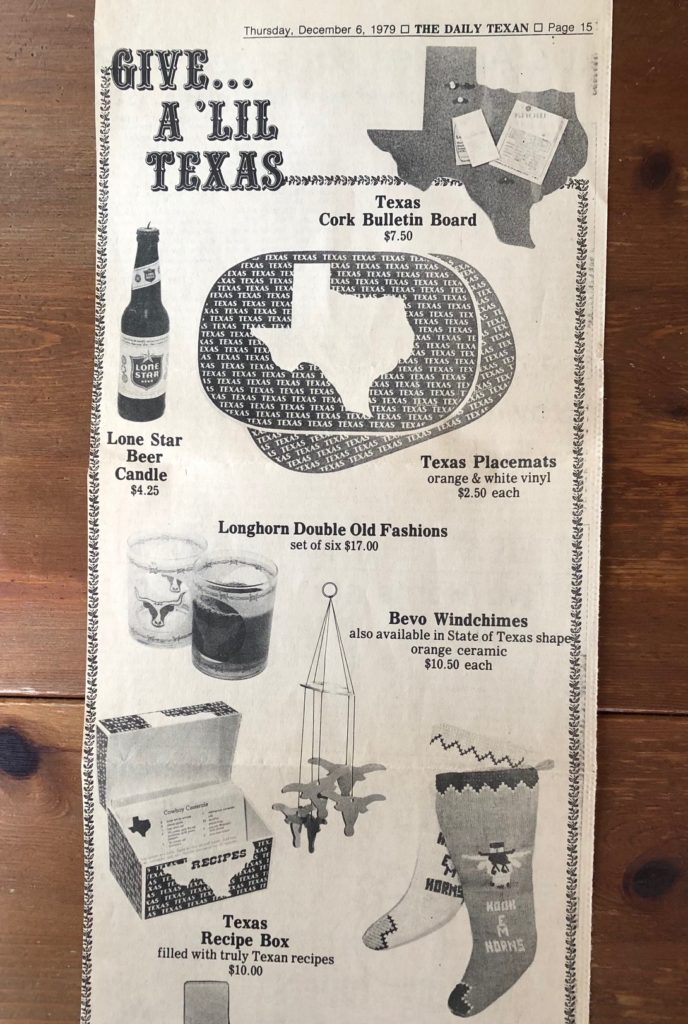
We got tired of the wind chime business, or maybe it ran its course. We continued to do ceramics for a while, but work and then kids … and no more ceramics.
I watched the videos above and some others and it reminded me of how we both enjoyed that creative outlet and made me wonder if I would like to do it again. There aren’t many ceramic shops like these any more. Locally, there are a few places where you can paint bisque (no greenware available) and they seem to specialize in parties. It is not the same atmosphere at all and pricier than what was available back in the day.
Maybe our relatives are breathing a sigh of relief.
Sepia Saturday provides bloggers with an opportunity to share their history through the medium of photographs. Historical photographs of any age or kind become the launchpad for explorations of family history, local history and social history in fact or fiction, poetry or prose, words or further images. If you want to play along, sign up to the link, try to visit as many of the other participants as possible, and have fun.



